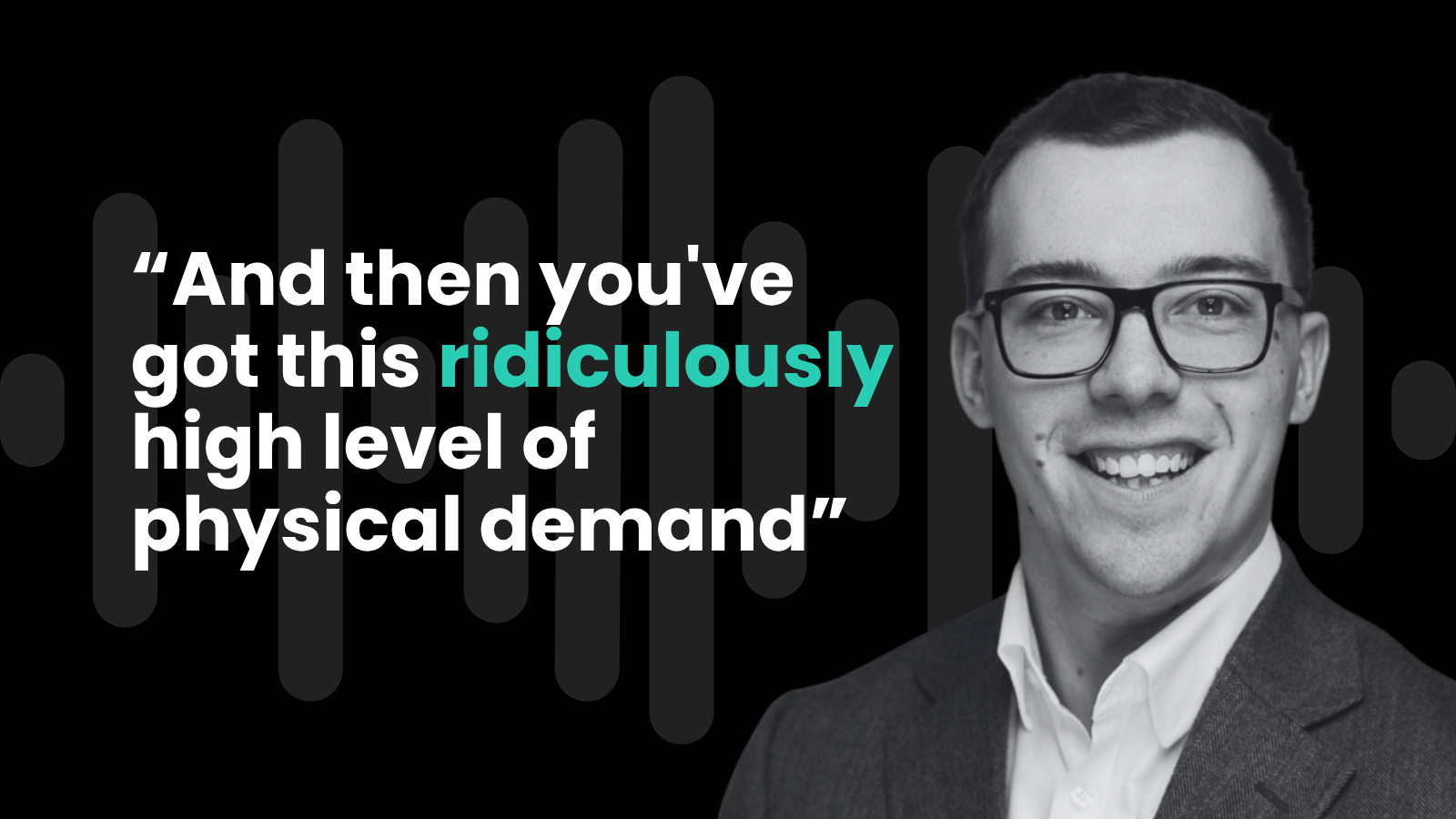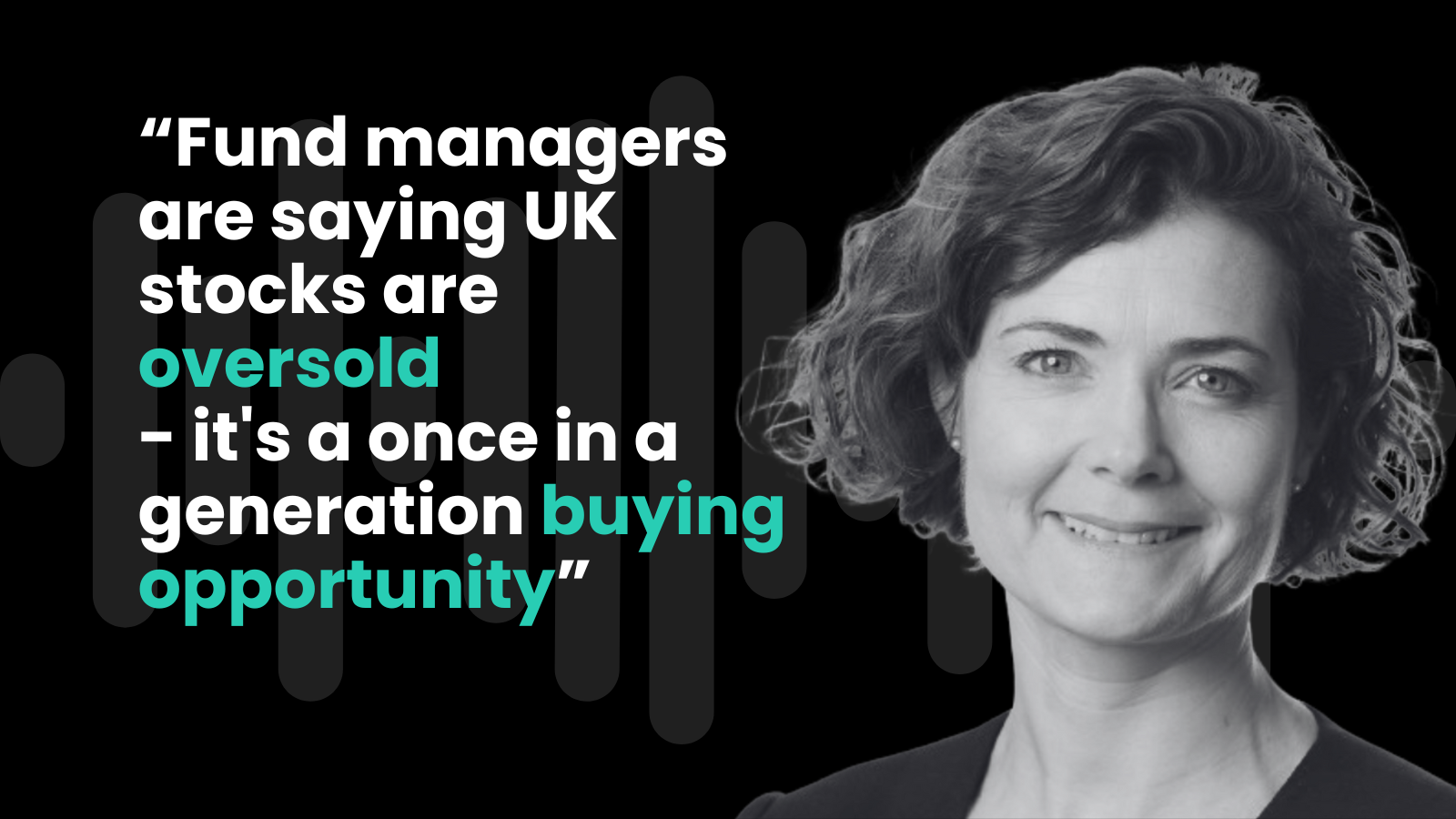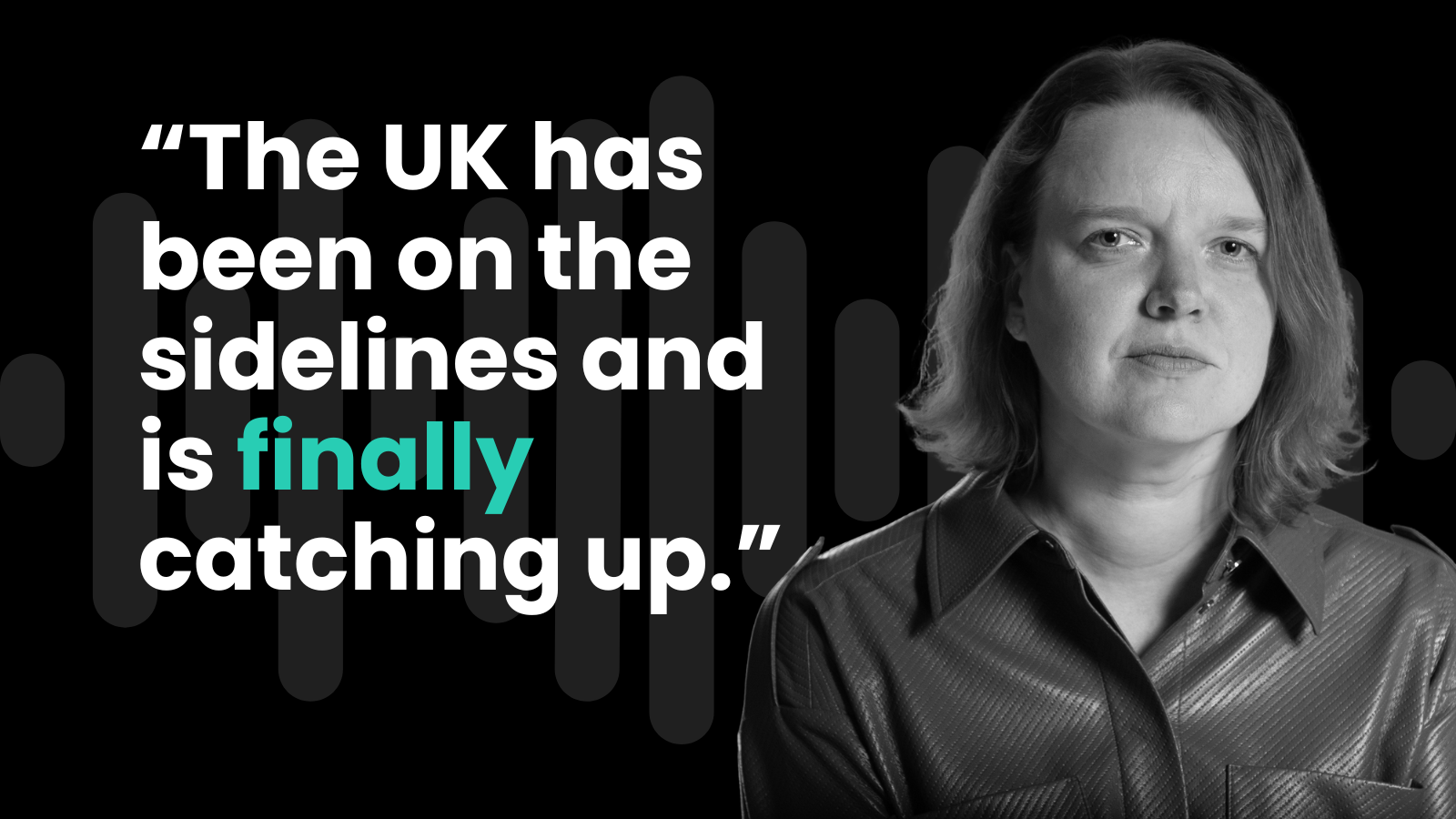America’s university endowments have long enjoyed a comfortable niche in the investment world. Combining vast pools of capital with generous tax treatment, they have pursued aggressive investment strategies, pouring into illiquid assets such as private equity and venture capital. That model is now under threat.
New policies from Washington, coupled with regulatory shifts, could drastically reshape the landscape for elite institutions. Ortec Finance, a Dutch risk-management firm, has crunched the numbers for Harvard University, the largest endowment in America. Its conclusion is sobering: in a worst-case scenario, Harvard’s endowment could shrink by as much as 40% by 2040, from a projected $72bn to $43bn. Adjusted for inflation, the figure would be a mere $29bn — barely two-fifths of its current spending power.
Liquidity, not performance, is likely to be the immediate headache. Ortec estimates that the ten largest American endowments hold 72% of their investments in illiquid assets, with around 36% in private equity alone. Only a fifth sits in public equities. That concentration, once a boon to long-term returns, becomes a liability when cash calls increase.
The trigger for this rethink is a set of measures bundled into Donald Trump’s “one big beautiful bill”. Ortec’s modelling considered two futures: a “full policy” scenario, in which all proposed measures take effect, and a “limited policy” one, in which they are only partly enacted. Both are damaging, though the first is brutal.
- Opinion: Do calmer markets mean it is time to hedge?
- Long Path to take Idox private in £339mn deal
- How to minimise your IHT exposure before Budget clampdown
Loss of federal research funding
Three changes stand out. First is the loss of federal research funding. The government has placed $9bn under review, paused $2.2bn in multi-year grants and $60m in contracts, and pledged to stop awarding new grants to Harvard altogether. Second is a big jump in endowment taxation. Since July 1st the rate for the wealthiest private universities has risen from 1.4% to 8%. If Harvard also loses its tax-exempt status, investment earnings and incoming donations would be clipped further. Third is the curtailment of foreign student enrolment. New rules would ban incoming students on F, M and J visas at Harvard, a group that last year accounted for 27% of enrolment and $1.4bn in revenue.
Over the past decade Harvard has paid out 4.2-5.3% of its assets annually to the university, forcing it to seek high-octane returns in private markets. The new rules would upend this balance. Higher taxes and the need to replace lost revenues would push its payout rate to 8.1% under Ortec’s “full policy” scenario.
To maintain its nominal value, the endowment would have to earn at least as much annually — before inflation — a daunting task even in benign markets. With liquidity needs rising, Harvard would be forced to sell or avoid private-equity stakes, depressing returns further.
The numbers are ugly. Under the full-policy scenario, the nominal value of Harvard’s endowment falls from $53bn today to $43bn by 2040. In real terms, the drop is from $53bn to $29bn, as inflation erodes purchasing power. Even the more benign limited-policy case shows a decline to $50bn nominally, or $34bn after inflation.
“Given the increased liability from payouts and tax hikes and lower private equity investments, we see both scenarios leaving lasting impacts on the viability of Harvard’s endowment, with its size declining roughly 30% to 40% compared to a scenario with no policy and regulatory change,” said Richard Boyce, Managing Director for North America at Ortec. “The only certainty ahead for Harvard and other US endowment funds is that there are big decisions to make – not without major risks and downsides.”
It’s not just about Harvard
The threat extends far beyond Cambridge, Massachusetts. Other elite institutions rely on a similar mix of high-illiquidity portfolios, federal research grants and full-fee-paying foreign students. A sudden loss of these props could force a rapid reallocation into liquid assets such as public equities or bonds, potentially locking in losses on private-market investments sold in haste.
Some will argue that universities have weathered political storms before. Endowments have survived market crashes, tax changes and even populist scrutiny of their wealth. But the combination of higher taxes, reduced federal support and lower tuition revenue is unusual in both scale and simultaneity. It strikes at all three pillars of the modern endowment model: investment strategy, fiscal advantage and income stability.
Harvard may yet avoid the worst. A change in administration could soften or reverse some policies. A bull run in public markets could bolster returns. But Ortec’s projections are a warning that the era of the invulnerable endowment may be over. For years, the giants of higher education have structured their finances around the premise that illiquidity and complexity pay. The next 15 years may test whether that premise can survive a political shift that demands they be simpler, more liquid and — above all — poorer.






















